Climbing the highest mountain in the world is a dream of all mountaineering enthusiasts. Standing impressively tall at 8,848 meters above sea level, Mt. Everest ultimately draws the attention of seasoned climbers. Everest Expedition is one of the most popular climbing expeditions in the world.
After Sir Edmund Hillary and Tenzing Norgay Sherpa summited Everest for the first time in 1953, the mountain has seen numerous successful climbs ever since. The dream mountain expedition, climbing Everest takes around two months to complete. It is obvious that the expedition is challenging and skill demanding. But your will power gets over everything that comes along.
The Mt Everest climbing adventure includes a trek to Everest Base Camp and the ascent of the mountain. As soon as the trekking begins on the trail towards the base camp, you can enjoy the serene and magnificent beauty of the mountain surroundings.
The months between March to May during spring and September to December during autumn are the ideal months for the Expedition. You can enjoy the ideal weather for the expedition during these times of the year.
With several days of acclimatizing at the base camp, the expedition takes you higher up in the mountain. You will have acclimatization days on the mountain once you start heading higher up. Four different camps in the mountain offer you camping accommodation while you are in the mountain. You attempt to summit the mountain from Camp IV.
Reasons Everest Expedition becomes an Experience
Nepal Climbing Adventure always strives to offer an adventure traveling experience that you can cherish. While the Everest Expedition is beautiful in its all essence, your experience of trekking there becomes even more beautiful with us.
By the time we take you to the base camp and bring you back, we take one step ahead to offer you a beautiful experience. We keep your safety and happiness is our top priority and you will experience the same during the trip.
Going on the Everest Expedition with us is traveling in safe hands.
What is included?
- All types of organizational requirements
- All trekking and climbing paper works and permits
- All airport and hotel transfers
- Welcome and farewell dinner
- Flight to Lukla and back
- Accommodation and meals during the whole of the expedition
- Government and local taxes
- Reference notes to plan your trip
- An experienced English speaking climbing guide, assistant climbing guide, Sherpa porters including their salary, insurance, food, lodging and all equipment
- A comprehensive medical kit
- Facilities of Email and satellite phones in base camp
- Necessary oxygen bottles
- Written and photo internet dispatches to send your progress to your family
What is not included?
- Nepal Visa fee(bring small denomination cash USD and two passport photographs)
- International airfare
- Excess baggage charges
- Extra night accommodation apart from the schedule due to any reasons
- Lunch and evening meals in case of early return than the scheduled itinerary
- Travel and rescue insurance
- Charges of Email and satellite phones
- Charge for extra Sherpa porter (if required)
- Personal expenses
- Tips for climbing guide and Sherpa
There are a number of things that you need to keep in mind if you ever plan for your vacation. Because you want to make the most out of your limited time, it is truly a hectic job for you to find a trustworthy and experienced traveling companion. With Nepal Climbing, you have your problem solved already as we are one of the leading Trekking and Mountaineering organizations in Nepal and have been providing first class service in several travelling packages across the country for many years.
We prioritize your satisfaction and safety
At Nepal Climbing Adventure, our ultimate objective is to arrange the programs for you to make the most out of your valuable time. We value your satisfaction, adventure, amusement and safety. Regardless of whether you are searching for stunning perspectives along the trekking trails in Himalayan mountain range or widely acclaimed, heavenly attractions with developed societies, our exposure and experience in travel business will help you ensure your requirements are met.
We have professional staffs and service
We trust that extraordinary staff lead awesome administration. That is the reason we are collaborated with experienced and eager individuals. We possess authorized and government certified guides who are very much furnished with broad learning of Nepali communities and traditions. They additionally have familiar English speaking abilities and hierarchical capacities to encourage all types trekking groups.
Responsible Tourism and social values
We are endeavoring to lessen the effect of tourism by guaranteeing our staff are very much aware of ecological issues. We are doing our best to create less waste as could be expected under the circumstances and make a point to reclaim non-compostable wastes. We outline our itineraries and work in the field guided by the standards of ecotourism and reasonable tourism. Moreover, all our staff have been given ecological preparing and are extremely aware to the eco-system we enter. Additionally, we are adhering to sustainable assets of energy. Our guides will share you the social values, culture and religious harmony for better understanding the groups you visit.
Customizable Service
Our promise is to provide you with the travelling packages customizable according to your demand fulfilling your budget criteria. So, we can facilitate a minimum of 2 individuals with a personalized service at a reasonable cost.
Online Payment
Or
WIRE TRANSFER
Bank Details:
Account Holder's Name: Nepal Climbing Adventure Pvt. Ltd.
Bank Name: Himalayan Bank Ltd.
Account Number: 01907449340018
Account Type: USD
Address: Thamel, Kathmandu, Nepal
SWIFT CODE: HIMANPKA
For more detail contact us:
Krishna Subedi (Chris Chhetri): +977 9851076791 (24/7, Call/Viber/Watsapp)
We recommend our guests have a valid insurance policy before undertaking an adventure in Nepal Himalaya. During treks and expeditions, the insurance should cover for expenses such as air ambulance, helicopter rescue, and medical care. As an adventure operator, we (NCA), are not permitted to arrange or sell insurance packages here in Nepal as per the Government of Nepal.
Are you a licensed trekking agency?
Yes, we are a licensed company to operate adventure tours in Nepal. We have been organizing tours, Treks, and Expeditions for our valued clients for over two decades. Our long journey and experience in the field have made us pioneer in the industry.
Frequently Asked Questions - Trekking & Climbing in Nepal
Are you a licensed adventure company?
Do the guides speak English and have first aid training?
How big are the groups?
Are permits included in the price of the adventure?
Do you arrange private adventures?
Do you provide any equipment while trekking?
How difficult are the treks?
How long do we walk each day?
What is exactly 'teahouse' trekking?
What do we mean by FOT trek?
What is security like during trekking?
Security for our clients is always a foremost priority for us. All our guides and other support crew are carefully chosen for your trips. Our guides hold licenses issued by the Nepal Government. They are very honest and reliable. But we would also advise you to take care of your own personal belongings. If you are on ‘camping treks’ please do not leave your bags unattended at any time for your own safety. Take your main bag inside the tent once you reach the campsite. At night, all bags and belongings are kept in the middle of the tent. Your guide assigns a Sherpa on a rotation basis to guard the campsite throughout the night. If you are on a ‘Tea house or GAP trek’ arrangement, you will be sleeping in local teahouses. You need to take sensible precautions yourself at all times. Never leave your baggage unattended and keep your lodge room locked when you go out.
What happens if I fall ill during the trek?
What type of food is served during a trek?
Do I need to carry my own gear?
How much could porters carry?
What is the overnight accommodation like?
Can we change the itinerary?
Depending on the prevailing situation, you can modify it to some extent after consulting with your senior guide. However, the date of trek completion should always coincide with the original itinerary. You should keep in mind that this is an adventure trip into some of the most remote regions in the world, where many unforeseen circumstances may contribute to the need for a change in itinerary. In such cases, we or your guide will suggest the best alternative similar to your original itinerary.
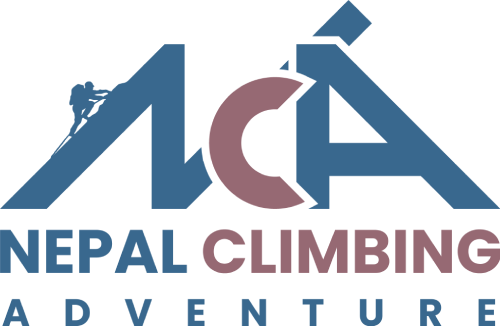
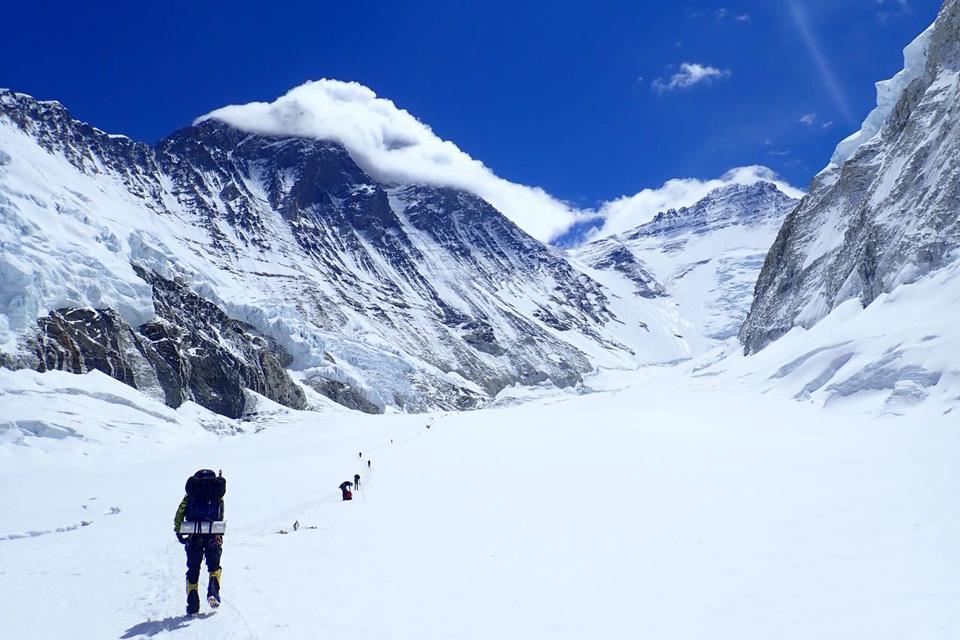
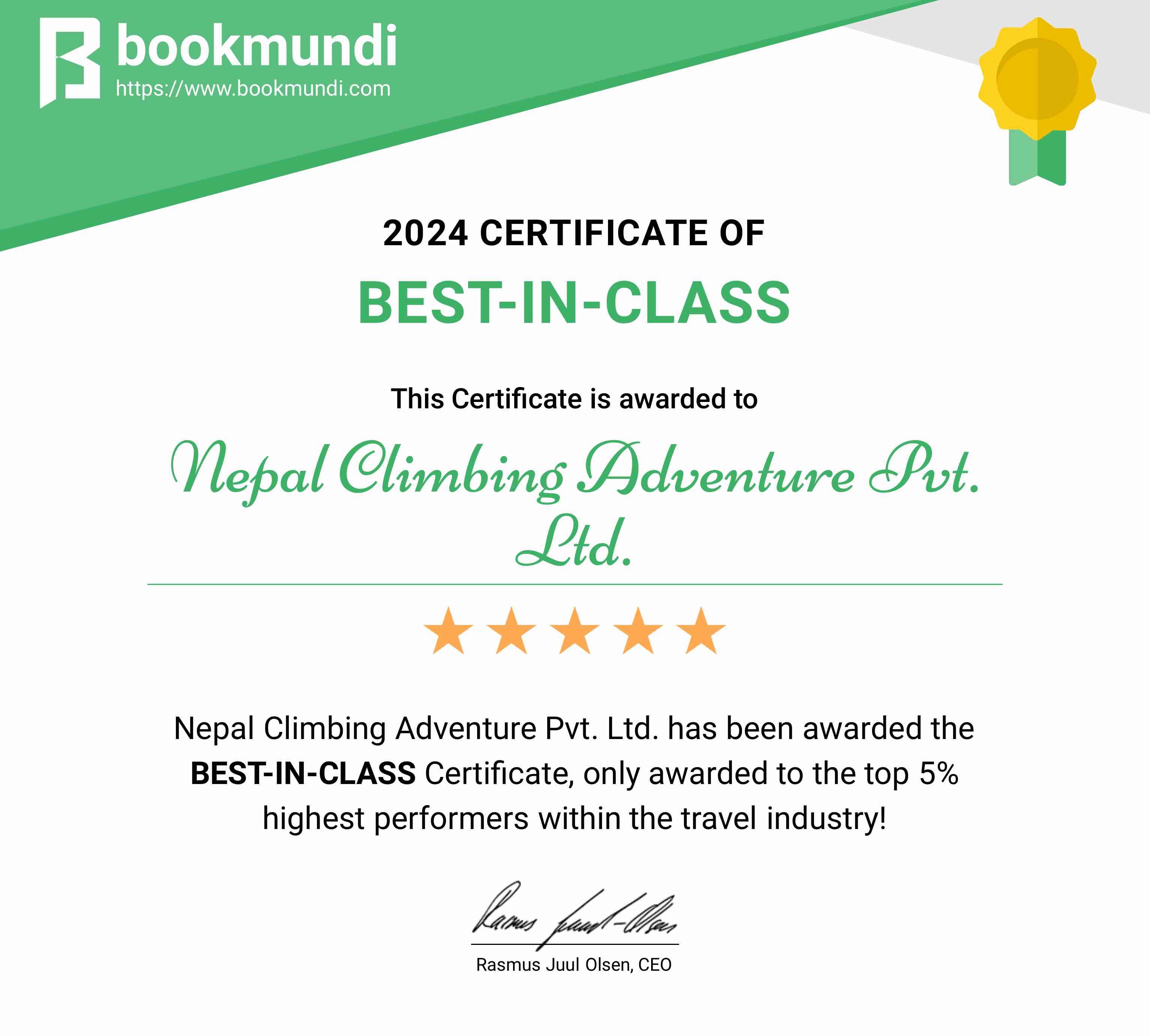
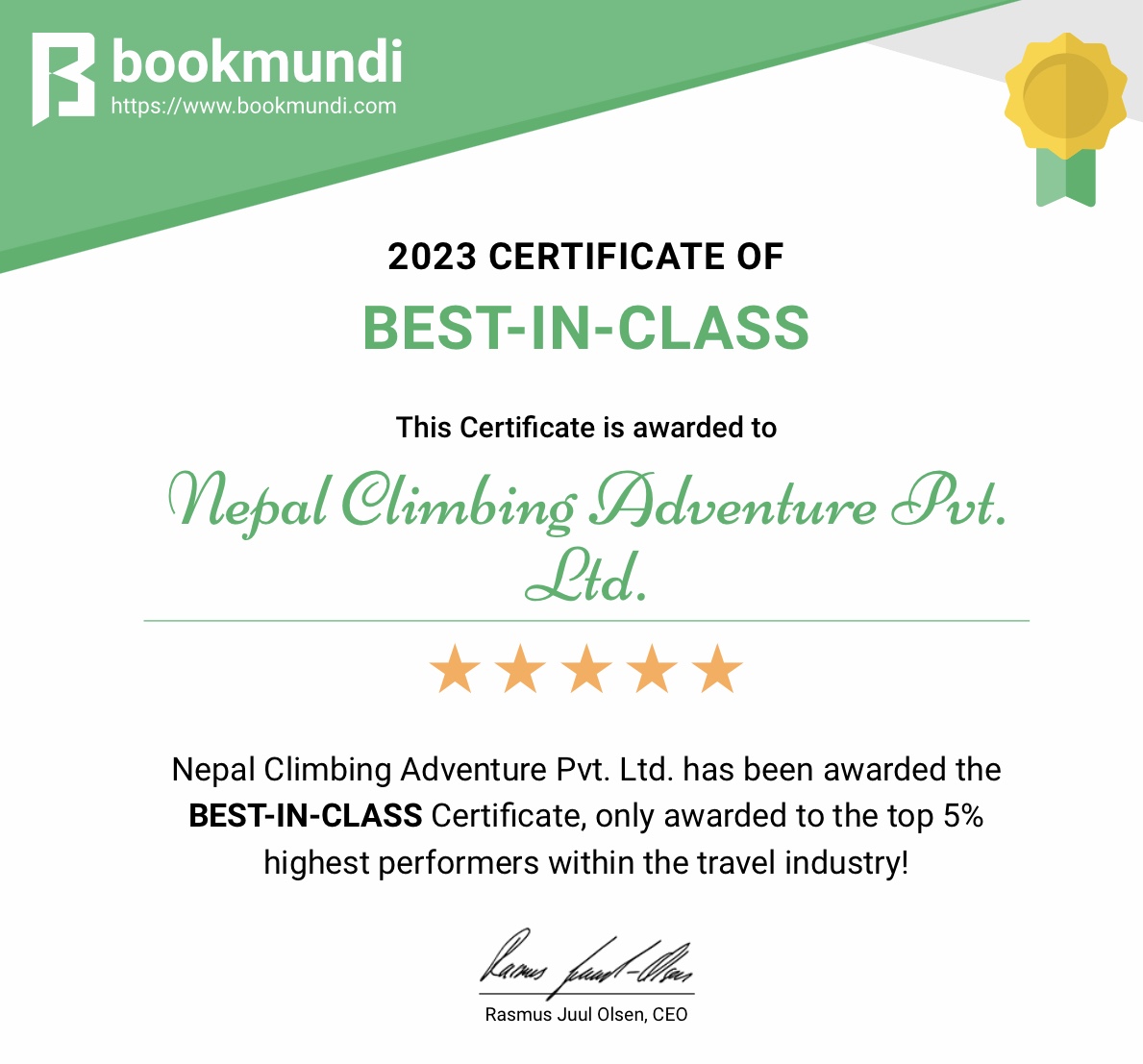
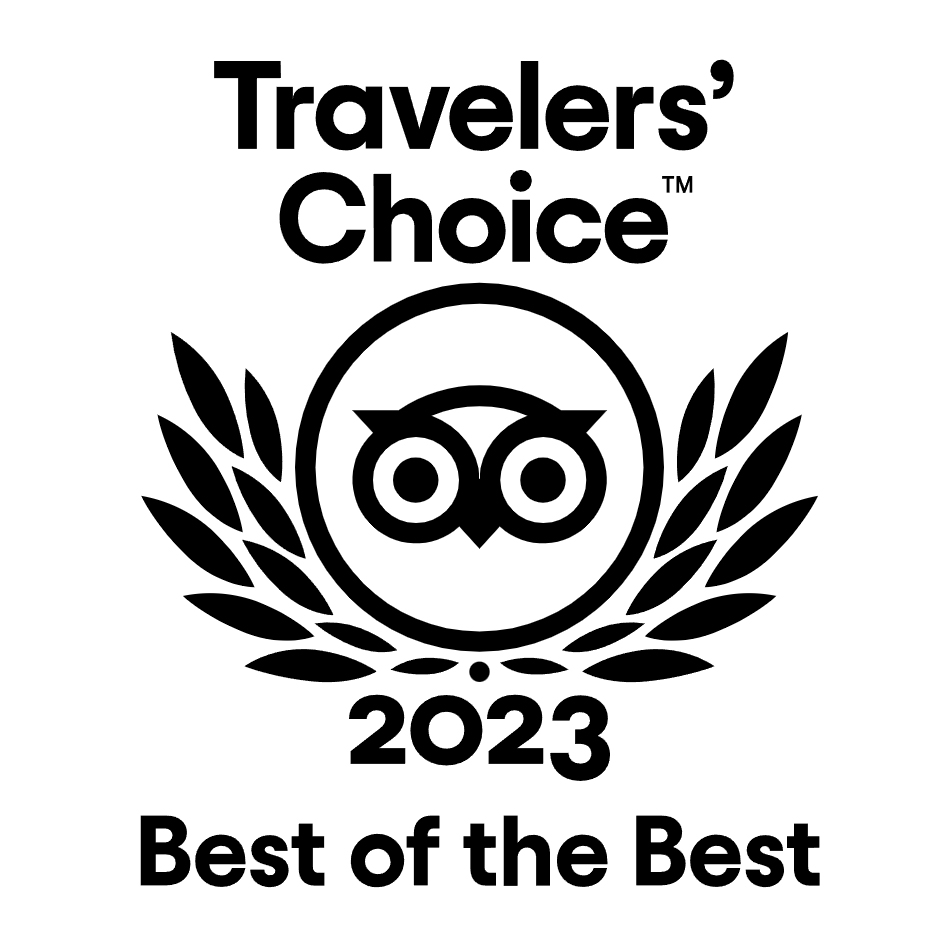











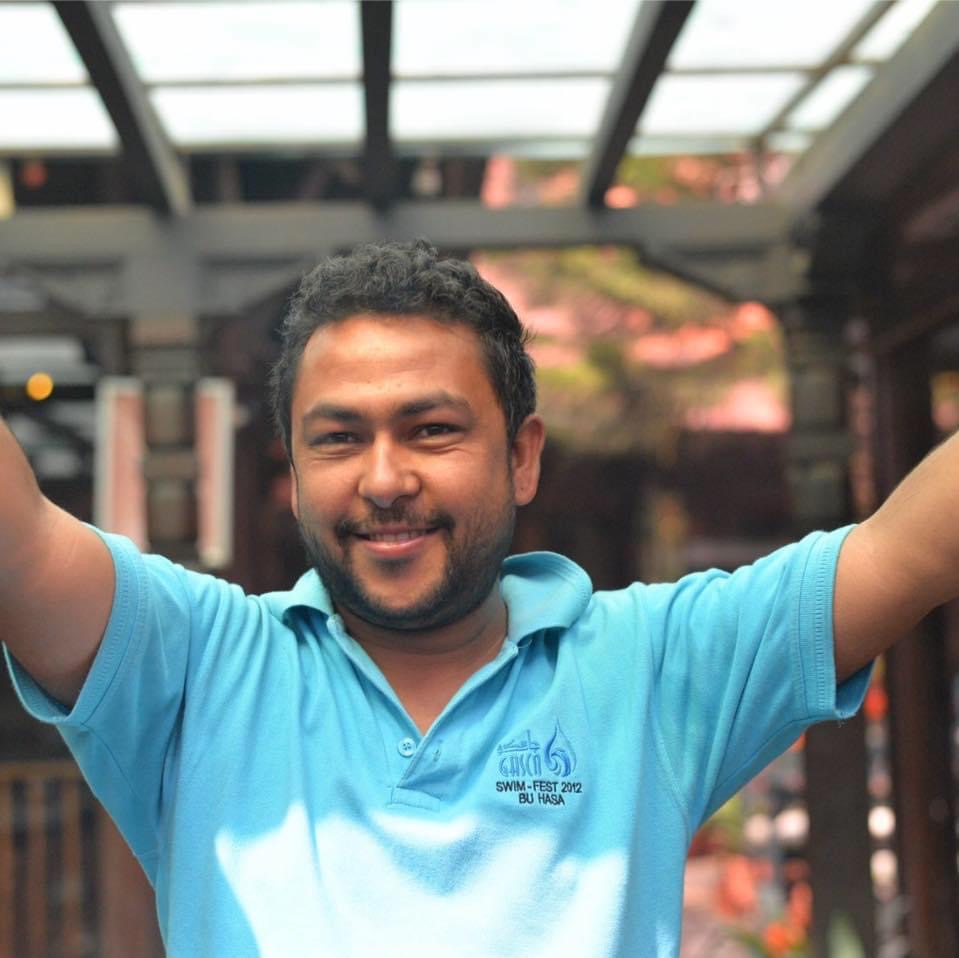 Chris Chhetri
Chris Chhetri